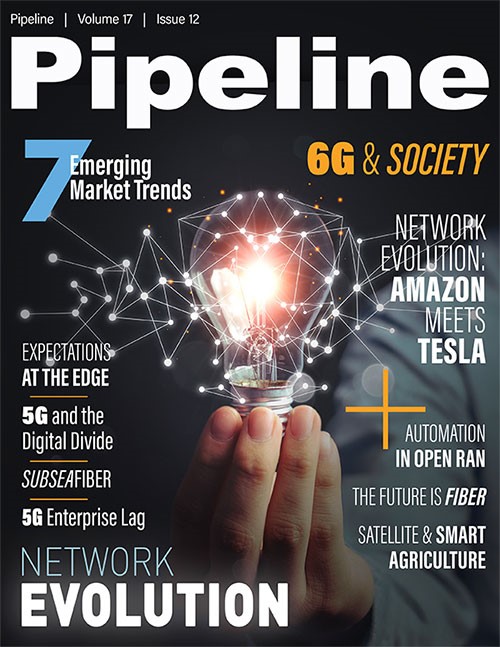The Future is Fiber
The case for fiber
While many technologies enable broadband, fiber provides the best levels of performance: symmetrical download and upload speeds and low latency. Moreover, all other broadband technologies ultimately depend on nearby fiber to handle massive, aggregated demands in data. Fiber makes 5G work, for example, because the small cells, antennas and towers that send 5G signals to mobile devices are supported by fiber infrastructure.
Moreover, the energy behind the demand for higher-performing connectivity will only lead to more innovation and applications in the future. Global speed test provider Ookla reports that, over the past five years, U.S. fixed download and upload broadband speeds have increased at a compound annual growth rate of 27 percent and 28 percent, respectively, from 65/19 Mbps in 2016. If these growth rates continue over the next decade, the average U.S. fixed broadband speeds will be 1500/599 Mbps by 2030.
When viewed over a reasonable time horizon, fiber deployments are also more efficient (and promising for consumers) than other technologies, considering their lower operating costs, the ability to upgrade networks without needing significant rebuilding, and the speeds that can be delivered. As just one example, an analysis by Vantage Point Solutions found that over 30 years, a mid-band wireless network might cost 30 percent less than a fiber-to-the-premises (FTTP) network but it would also be at least 10 times slower at the start and multiples slower by the end of that period.
Do other broadband technologies have a role to play in terms of closing service gaps? Of course. But as our nation considers massive once-in-a-generation investments in broadband infrastructure, we need to approach this like we want the investments we’re paying for to last for a generation. Needing to rebuild networks repeatedly is simply a waste of limited government funds—and of an opportunity for generational change.
The path forward
As our nation considers potential investment of tens of billions of dollars in broadband infrastructure, NTCA and other organizations that advocate for rural communities, consumers and competition are encouraging Congress to pass the Infrastructure Investment and Jobs Act because it will provide significant funds for deployment, prioritizing the best possible networks in the places most in need if implemented properly.
The pandemic has changed the way we live, and we need broadband that meets and can keep pace with increasing demand. If infrastructure funding is approved and if it is implemented effectively through collaboration of the federal government, the states, and service providers, we can take this challenge head on and prevail—delivering lasting connectivity across America.



















